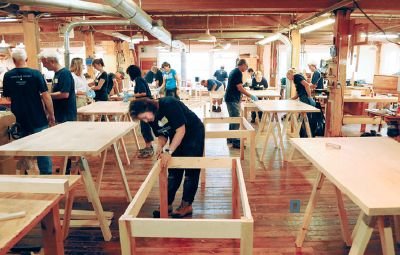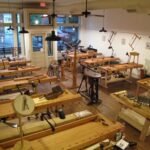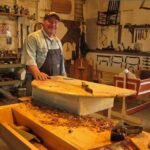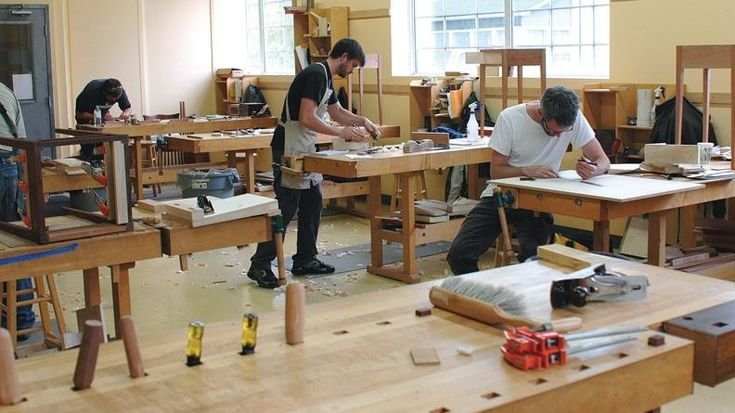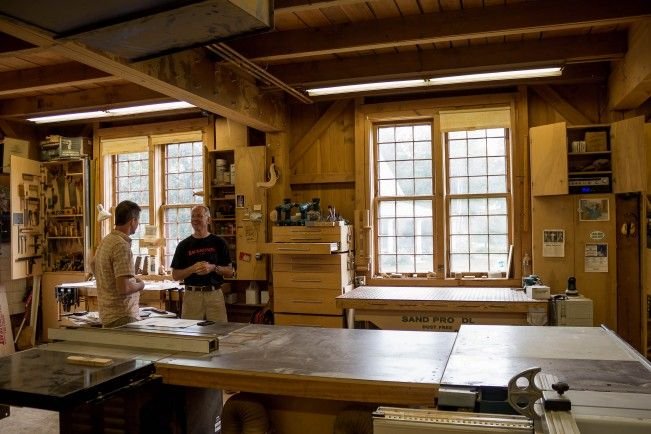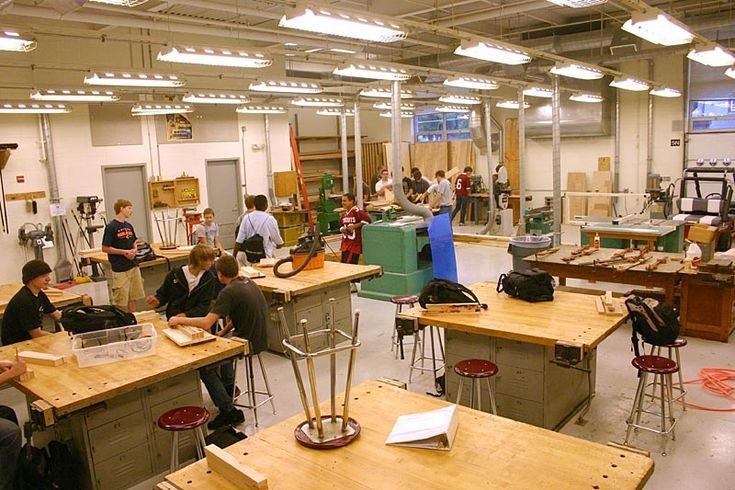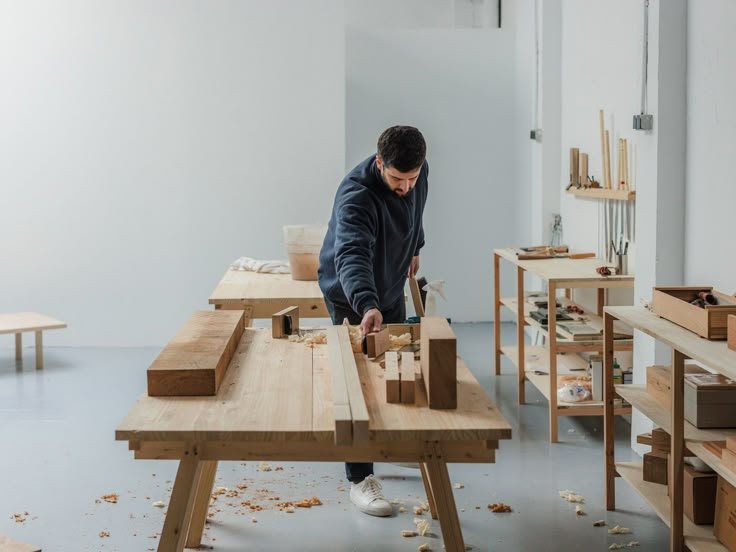Finding My Way with Swedish Carving Techniques
You know, when I think back to my first foray into woodworking, I can’t help but chuckle at how naïve I was. I mean, let’s be honest: who really knew what they were getting into when they picked up a whittling knife for the first time? It was a cold Saturday in February, and I had this vision of crafting some beautiful, intricate pieces inspired by those charming Swedish carving techniques I had seen online. It looked simple enough in the videos—like a gentle dance of the hands with a knife and wood, but boy, was I in for a surprise.
So there I was, sitting in my garage with a cup of black coffee that had gone lukewarm while I fiddled with a block of basswood. You could smell that fresh wood scent mixed with something earthy—it’s like nature herself gave me a little wink. I had a fancy knife in my hand—it was a Frost River carving knife, sharp enough to shave hairs off your arm—and I thought, "Let’s create something amazing!"
The First Cut
But, oh my goodness, the first cut. I remember pressing the blade into the wood, and instead of gliding smoothly, it snagged. All of a sudden, there was this awkward, splintering sound, like the wood itself was groaning. The nice block I had picked up was now sporting an unsightly nick. In that moment, I almost set the whole thing on fire and made a run for it. "Was this really for me?" I wondered.
But something kept me going. Maybe it was stubbornness, maybe an ounce of curiosity that was stronger than my doubt. I felt like I had so much to learn about texture and technique. So I sat there, sipping my coffee and staring at the messy block, thinking, “You can do this.” I started watching videos again, focusing on the Swedish techniques. There’s something about that approach—using those lovely, delicate, gentle touches on the wood—that felt so much more graceful than my clumsy attempts.
A Little Help from a Friend
Not too long after that, I reached out to my buddy Joe. He’s been doing this for years and has this workshop that smells like cherry wood and burning sawdust. When I told him what I was trying to learn, he smiled this knowing smile. Had I hit the ground running and tripped over my own feet? Absolutely. “You gotta slow down, man,” he said, laughing. He’s got this way about him that makes everything feel like a lesson without an ounce of pretentiousness.
“Why don’t you try making a simple spoon? That’ll teach you about curves,” he suggested. Now, I can’t lie; the idea seemed daunting at first. A spoon? Really? I mean, it sounds simple, but the thought of crafting a functional piece was intimidating. But hey, Joe had never steered me wrong before, so I figured, what the heck.
The Spoon Saga
I went home with a fresh piece of birch he’d lent me. Birch has this smooth, almost creamy surface—just lovely. It was so different from the basswood that had fought back against my naive hopes. I think part of it was the feel too; birch smells sweet while you carve, almost like honey. With my new piece of wood in hand, I took a deep breath and started to work.
I remember that moment when the blade made contact, and everything felt right. That gentle scrape… it was like I was finally in sync with the wood. I carved and shaped, slowly defining the curve of the spoon. I could hear the soft shavings falling to the floor, like little whispers of success. I started seeing a shape emerging, and I wouldn’t lie, I almost laughed with happiness. It actually worked!
Lessons from Fumbles
But then came the part where I thought I was doing just fine until, well, I wasn’t. I got too confident and went too deep trying to refine the bowl of the spoon. Suddenly I’d carved so much that it felt paper-thin. I panicked, thinking I’d ruined all my hard work. I almost tossed it aside and went sulking back into my house. But something made me take a moment to assess what I had.
Surprisingly, I found that little mishap gave my spoon a character—an authenticity, if you will. That delicate edge ended up reminding me of those hand-carved spoons you see in old Scandinavian kitchens. So, I added a little burnishing with a bit of mineral oil, and let me tell you, it brought out the wood grain beautifully.
Unexpected Joys
As I sat there, with a somewhat lopsided spoon in hand, I felt a sense of pride swelling in my chest. It wasn’t perfect, but it was mine, and it told a story of mistakes and persistence. And if someone had told me that carving could be a journey rather than a destination, I might have rolled my eyes back in the beginning. Each imperfection made it special.
In the long run, I picked up not just a spoon but a love for the craft—an appreciation for the process of shaping wood, where every slice tells a story and each misstep becomes inked into the narrative.
So, Why Not?
If you’ve been sitting on the fence, thinking about diving into this woodcraft world, let me tell you: just go for it. Whether it’s a spoon or some other little project, mistakes are bound to happen, but that’s where the true learning lies. Honestly, there’s no “right” way to create; it’s about finding your rhythm with the wood and letting the process teach you. Sure, you might botch a few pieces along the way, but hey, that’s part of it.
So grab a knife, find some wood, and lose yourself in the beauty of it all. Who knows? You might end up with a lopsided spoon that tells the world about your journey—and that’s worth more than any perfect piece ever could be.

